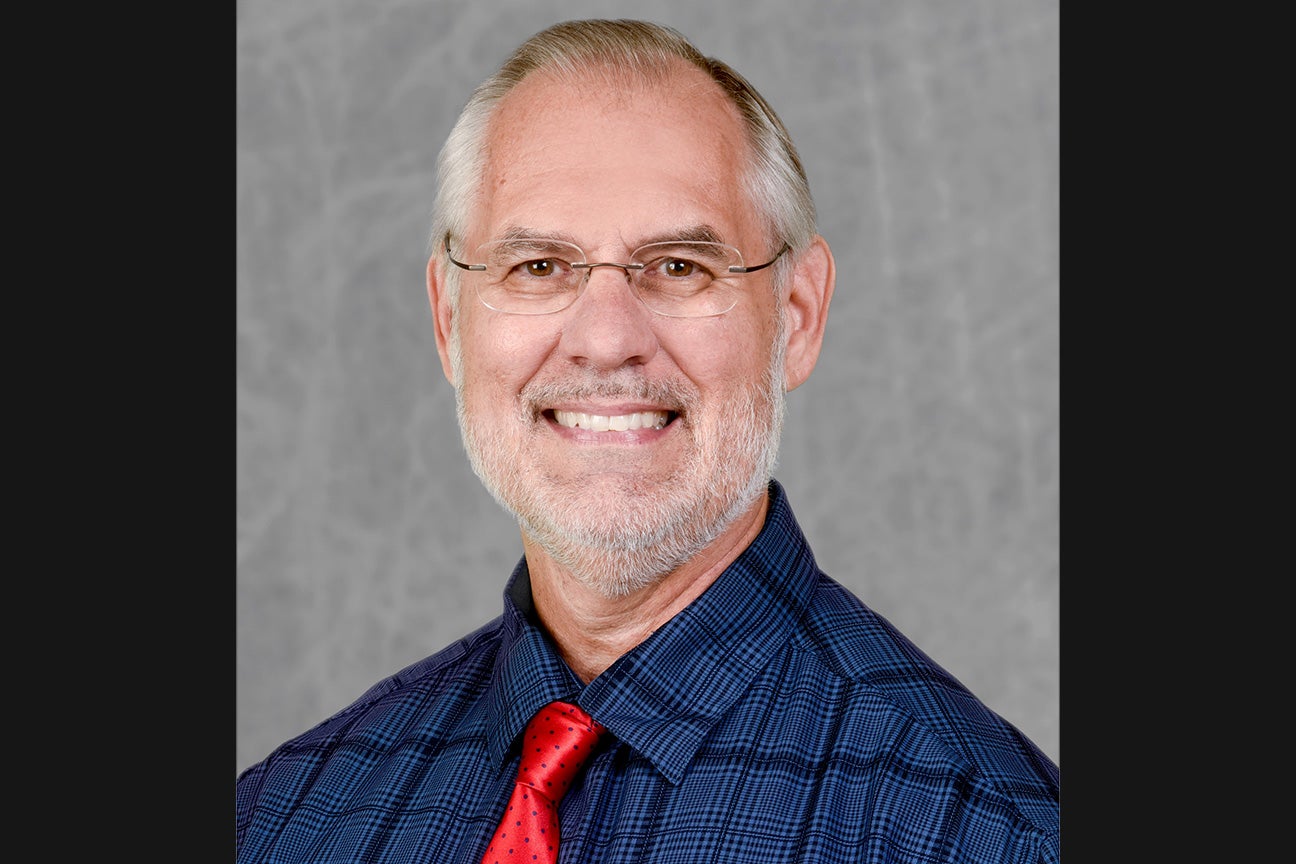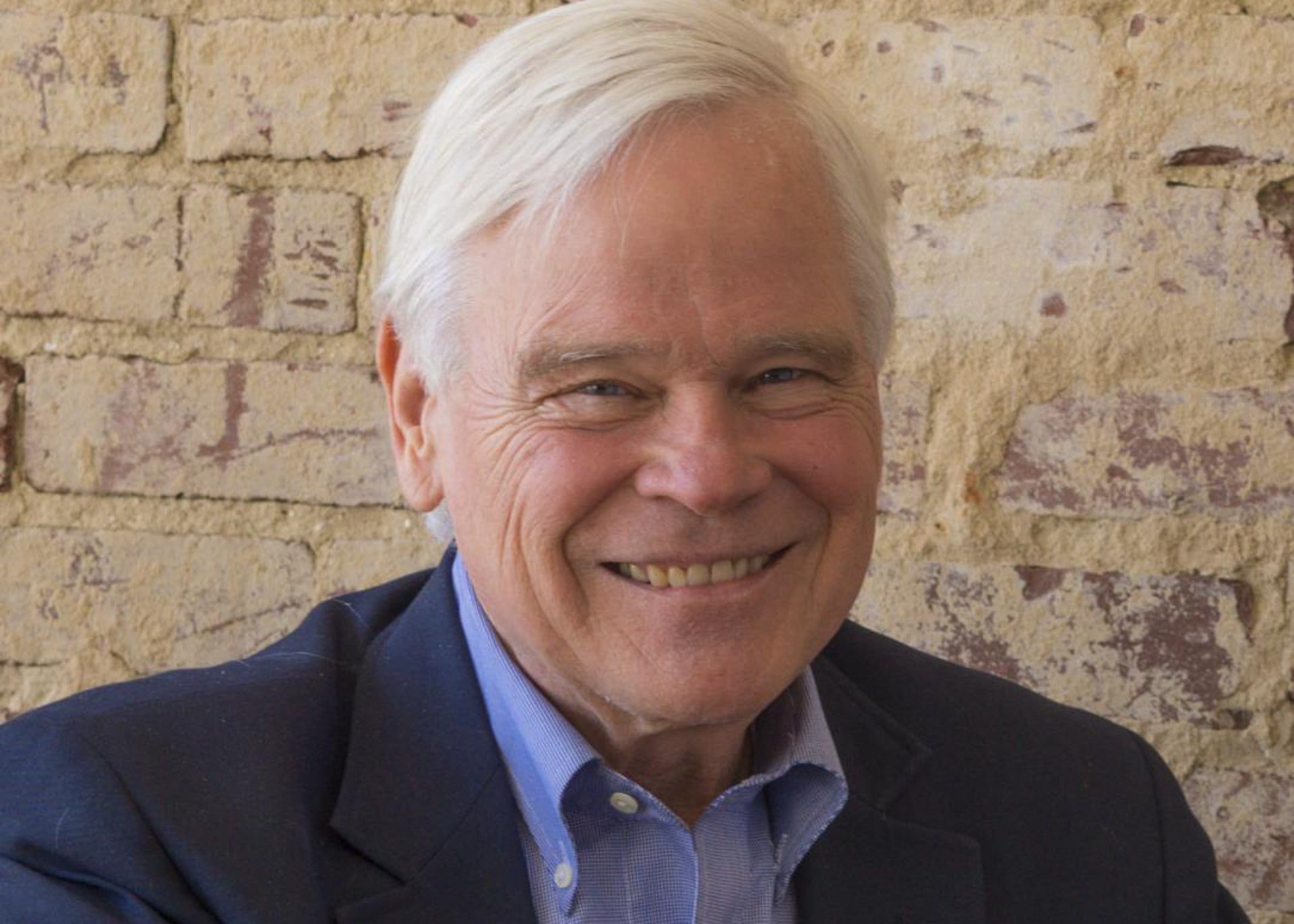You Decide: How can we address climate change?
Published 8:11 am Tuesday, March 2, 2021

- Dr. Mike Walden
|
Getting your Trinity Audio player ready...
|
By Dr. Mike Walden
The Biden Administration has identified addressing climate change – specifically, global warming – as one of its top priorities. Indeed, they are incorporating climate change into both their foreign and economic policies.
Accepting global warming and its impacts as an issue still leaves the question of how to deal with it. Of course, a simple answer is for businesses and consumers to change behaviors and purchases in order to reduce the rise in global temperatures. But again, we’re left with the question of how – what would motivate businesses and consumers to do this?
One answer is concern for the planet. We can voluntarily alter our behavior and change the products and services we use in order to reduce environmental damage. Many people willingly pay more to drive a hybrid or all-electric vehicle so as to curtail carbon dioxide (CO2) emissions. Scientists say CO2 is a major cause of global warming. Likewise, some households have installed solar panels on their homes to reduce their use of conventional power sources.
The best-case scenario is when these efforts ultimately save money, in addition to saving the environment. For some businesses and households, they do. But based on the fact that fewer than five percent of today’s vehicles are all-electric or hybrid, and that only two percent of electricity is generated from solar power, not enough people consider them to be a good investment.
Many think the path to improving the climate is by establishing goals and then enacting programs and spending to reach those goals. For example, the Biden Administration wants the country to reach zero net-emissions of CO2 by 2050. In order to reach this goal, the administration has talked about spending $2 trillion for a variety of activities – insulating buildings, supporting research in improved battery storage for solar power and increasing the use of renewable energy for vehicles as well as homes and offices.
Some call this the “top-down” approach, because the plan both sets the goals as well as the methods of reaching those goals. The worry is, even with the best of intentions and its vast network of data and experts, the federal government will never have enough information to know how to most efficiently reduce our environmental degradation.
These concerns have led to an alternative approach to curtailing global warming – the “bottom-up” approach. This approach begins with the premise that people don’t purposely engage in behavior that harms the environment. Instead, their environmental harm is an unfortunate byproduct of behavior that benefits them. For example, a person may charge their tech products with electricity that is generated by high CO2-emitting coal. This is not because they hate the environment. Instead, they are either unaware their electricity is generated from coal or they have no alternative.
Likewise, someone who drives to work in a gasoline powered vehicle doesn’t do so because they like putting CO2 into the atmosphere. Rather, that vehicle gives them the best transportation for their budget.
For decades, many economists have proposed a simple solution to this situation. Levy a fee on the pollution-creating behavior (using electricity generated from coal, driving a gasoline-powered vehicle, plus many others), with the fee approaching the environmental damage done by the behavior.
A pollution fee would create two benefits. Since it increases the price of the behavior, like any price increase it will cause people to do less of it. Users of coal-generated electricity will look for electricity generated from cleaner sources, such as solar, natural gas or hydro. For the user of the gasoline vehicle, ride-sharing, public transit or buying a hybrid or electric vehicle could be options.
The second benefit will be environmental improvements to those sources with high pollution levels. Coal producers will know they will have to become cleaner to survive. The same will be the case for gasoline vehicles.
When it’s been proposed, a typical push-back to the idea of a pollution fee is it will increase prices for many things we use – like the gasoline that fuels most vehicles or the coal that creates almost one-fourth of the country’s electricity. This is true; in fact, raising the price is the key part of the idea.
There is a possible solution. It’s called a refundable pollution fee. The fee will still be applied and collected. But it will also be refunded to those paying it, but on some basis other than the amount paid. One suggestion is to refund an equal amount to everyone paying the fee. Since higher-income folks would likely pay more, the plan would redistribute the fee’s revenues in a way that lower-income households would receive more back than they paid in fees.
Isn’t a refundable pollution fee silly? Why will people pollute less if they get the money back? Here’s where some economics is helpful. The pollution fee will rebalance prices, making the prices of polluting products and services rise relative to non-polluting products and services. People implicitly understand this, so they will still be motivated to shift away from things that pollute more to things that pollute less.
When trying to solve a problem, it’s good to have options. We clearly have options in addressing climate change. You decide on the best approach.
Dr. Mike Walden is a Reynolds Distinguished Professor and Extension economist in the Department of Agricultural and Resource Economics at North Carolina State University who teaches and writes on personal finance, economic outlook and public policy.
FOR MORE COLUMNS AND LETTERS TO THE EDITOR, CHECK OUT OUR OPINION SECTION HERE.





